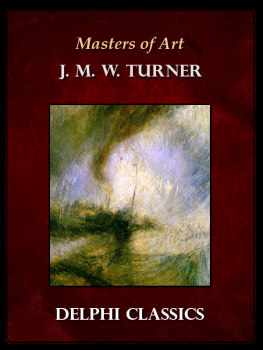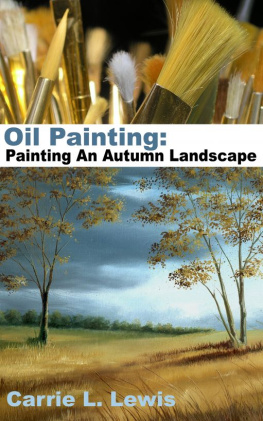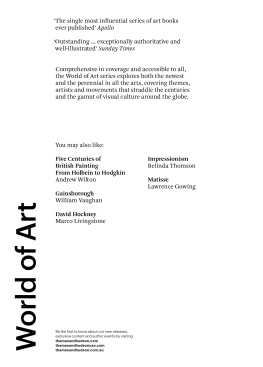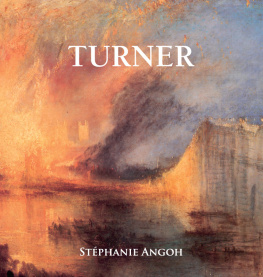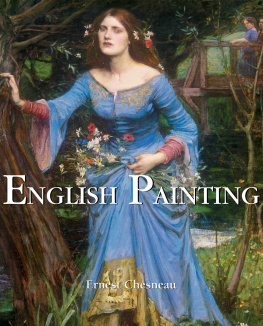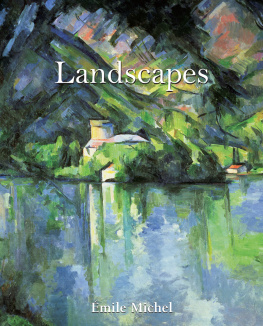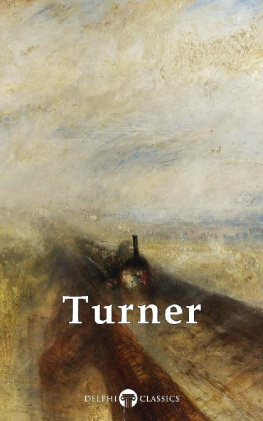

J. M. W. TURNER
(17751851)

Contents

Delphi Classics 2012
Version 1

MASTERS OF ART
J. M. W. TURNER

By Delphi Classics, 2012
The Highlights

Turners birthplace, 21-22 Maiden Lane, Covent Garden, London

The same building today

THE HIGHLIGHTS

In this section, a sample of some of Turners most celebrated works are provided, with concise introductions, special detail reproductions and additional biographical images.
FISHERMEN AT SEA

J. M. W. Turner is regarded by many as Britains greatest artist, whose works have become iconic symbols of the Romantic art movement. He became known as the painter of light, because of his increasing interest in brilliant colours and the contrast between light and dark in his many landscapes and seascapes. The following image is the first oil painting that Turner exhibited at the Royal Academy, portraying a moonlit scene in the tradition of Horace Vernet, Philip de Loutherbourg and Joseph Wright, whose works fuelled the 18th-century interest in nocturnal subjects.
In his younger years, Turner travelled around the British Isles extensively, filling his notebook with impressions he received wherever he went. When he was aged 20, it was a visit to the Isle of Wight that inspired what would become his first great oil painting, Fishermen at Sea (1796). The canvas depicts a scene close to the famous Needles rocks, off the coast of the Isle of Wight. The sense of the overwhelming power of nature is a key theme of the painting, with the ascending brilliance of the moonlight contrasting strongly with the delicate vulnerability of the flickering lantern held by the fishermen, emphasising natures power over mankind. The jagged outlines of rocks and the violence of the waves enforce the impression of the fishermens perilous fate.


Detail

Detail

Detail

Moonlight by Philip de Loutherbourg, 1777 a likely source of inspiration

The Needles, Isle of Wight
BUTTERMERE LAKE, WITH PART OF CROMACKWATER, A SHOWER

This painting was exhibited at the Royal Academy in 1798 and depicts a Lake District scene conceived during Turners first tour of the region the previous year. The piece is based on a sketchbook study, later worked up in watercolour to portray the stormy conditions, which the artist literally noted down for himself by writing the word Black on the surface of the lake. This strong use of black dominates the gloomy mood of the work, which is otherwise enlivened by the rainbow, a frequent motif employed by the artist. It is a work that concerns the power of the Sublime, encouraging the viewer to contemplate Natures grandeur.


Detail

Detail

Detail

Detail
SELF PORTRAIT, 1799

In this early self-portrait we can see the subtle blend of light and dark, illuminating the face of the young twenty-four year old artist. Dating from around 1799, the painting was most likely intended to mark Turners election as a full member of the Royal Academy, a momentous occasion for any aspiring artist. This meant that he could now exhibit his works on the walls of the Academy without fear of rejection by any members of the committee.
Despite his relative youth, Turner had already made a name for himself as an original, accomplished painter with the technical abilities of someone many years more experienced. He had been described in London newspapers as an artist who seems thoroughly to understand the mode of adjusting and applying his various materials and their effect in oil or on paper is equally sublime. The painting, which is now housed in Tate Britain, depicts a confident young man, who stares assertively at the viewer, hinting at his ambitions and potential abilities as an artist.


Detail

Next page
